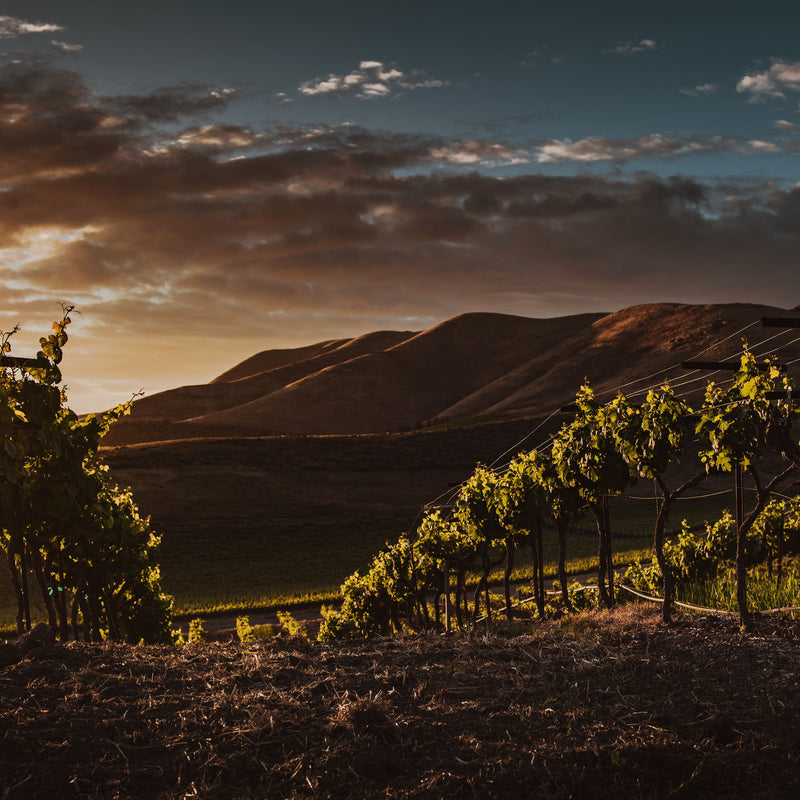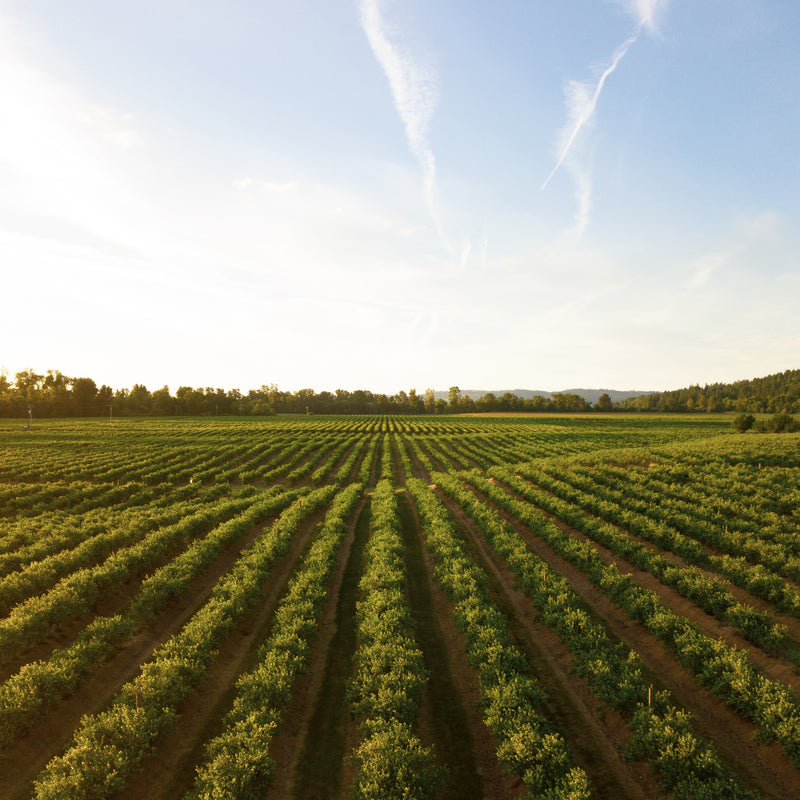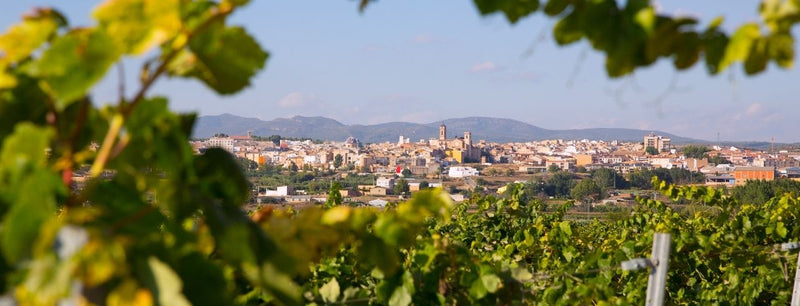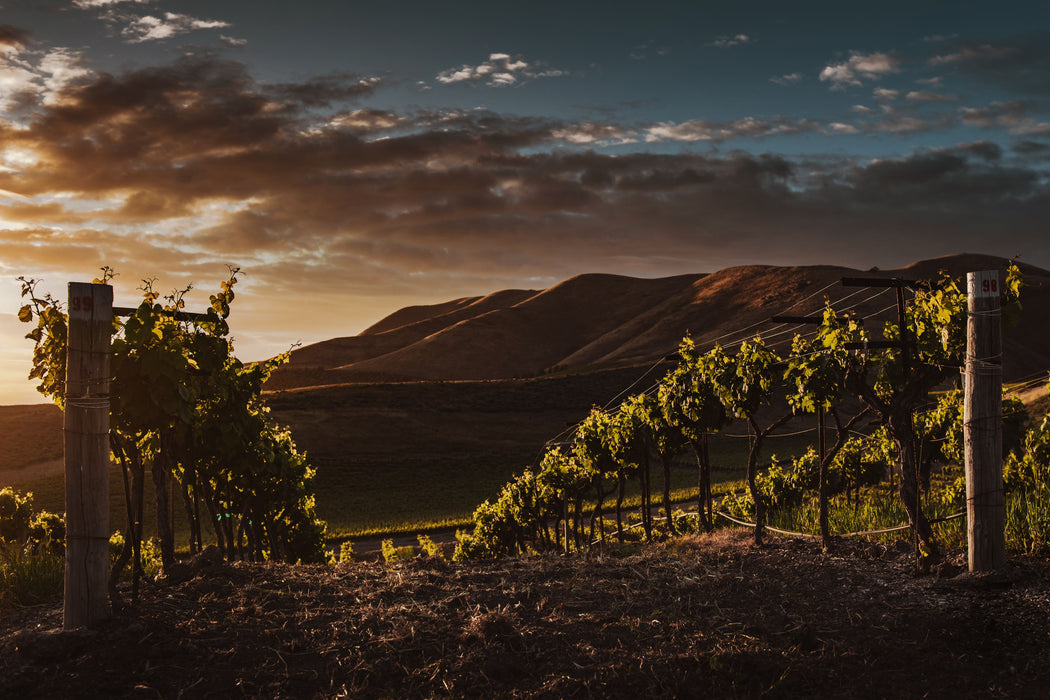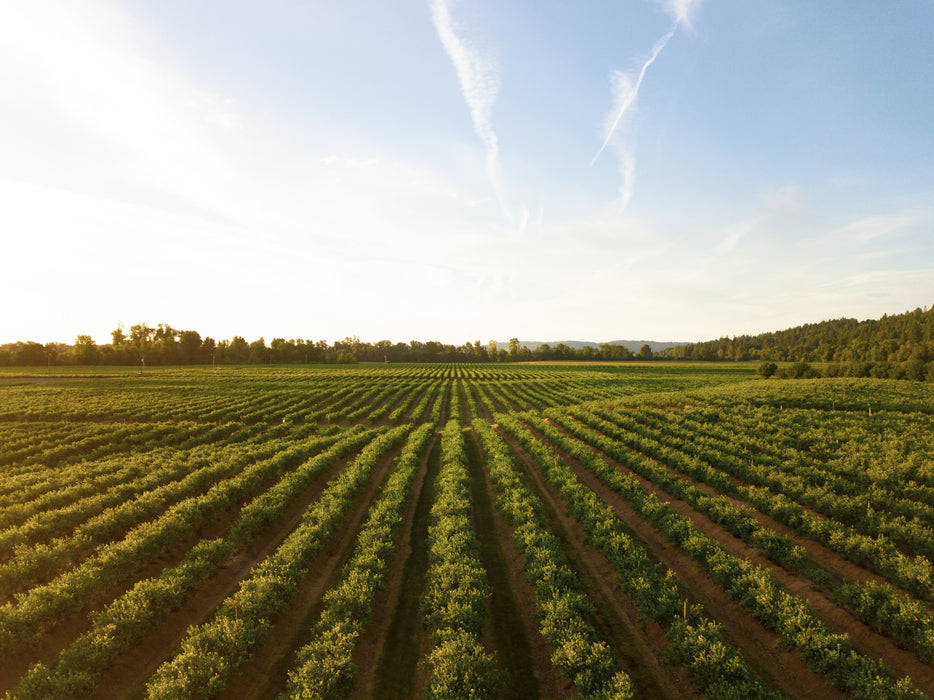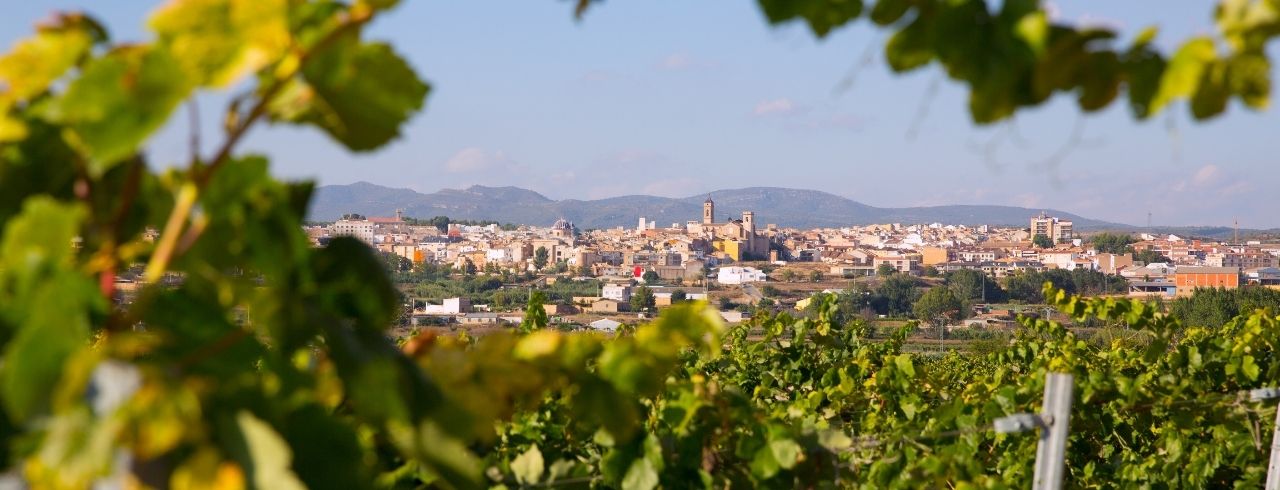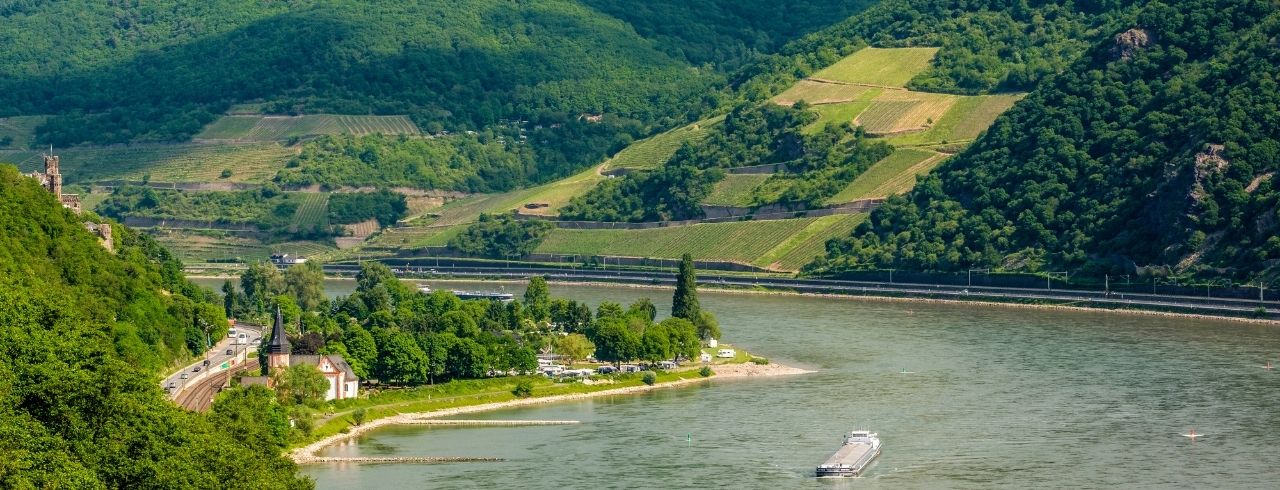
German Wine Guide
Guten Tag! If you have a love of the infamous Riesling, then you should know your German wine facts. Germany is the fourth-largest wine producer in Europe! The top three producers (Italy, France, and Spain) may outshine Germany, but German wine deserves some of the spotlight.
Keep reading to learn everything you need to know about German wine! We have compiled the ultimate guide, covering everything from German wine history to what wineries you should visit if you ever get the chance!

The History of German Wine
Take a seat - it’s time for a history lesson. Winemaking in German most likely arrived with the Romans as far back as the fourth century. However, grapes had grown wild in Germany along the upper Rhine river since prehistoric times. German Wine reached its peak around 1500 when the total vineyard area was almost four times that of today!
Unfortunately, the Thirty Years War hit German winemaking pretty hard, making for a rapid decline. Slowly, the German industry began to rebuild with high-quality measures. In the late nineteenth and early twentieth centuries, Germany’s Riesling became prized worldwide. It became famous for its expression of terroir. Terroir is how a particular region’s climate, soils, and terrain affect the wine’s taste.
German Wine Regions
Mostly centered around the country’s southwest, Germany’s 13 wine growing regions represent all German wines’ diversity. Keep reading to learn about Germany’s most prominent wine regions.
Rheinhessen
And Germany’s largest wine region goes to… Rheinhessen! Located on the west bank of Rhine, Rheinhessen creates one-third of the country's Riesling production! Rheinhessen is a valley of gentle, rolling hills supported by fertile souls and an excellent climate with hot summers and mild winters.
Must-Visit Winery: Gunderloch Winery
For six generations, the Gunderloch family has continued its traditional practices. The Gunderloch winery is located on the Roter Hang slope, a three-mile expanse of red clay and sandstone along the Rhine River. This winery works primarily with Riesling but also cultivated regional specialties like Pinot and Silvaner.
Pfalz
Located in southern Germany on the west bank of the Rhine sits the region of Pfalz. Vineyards climb the eastern slope of the Haardt mountain. Pfalz expands to international varieties of Chardonnay and Sauvignon Blanc more than most German wine regions. It produces more dry and sparkling wines.
Must-Visit Winery: Weingut Pfeffingen
Weingut Pfeffingen is a winery filled with heart, soul, and family. This winery lives by producing outstanding wine together! Three generations live and work on the estate in Pfeffingen, a small hamlet between Bad Dürkheim and Ungstein. They specialize in fruity-mineral Rieslings, elegant Burgundy wines, and intense red wines with strong colors.
Baden
Germany’s most southern wine region is located across the Rhine River from Alsace. A fun fact you can pull out at the dinner table: Baden is Germany’s longest wine region! It stretches from the Swiss border, all the way to north to the Franken wine region.
Must-Visit Winery: Schloss Staufenberg
Perched on a high hilltop, Schloss Staufenberg looks over the town of Durbach on the west of the Rhine. The tasting house juts over the valley, and hanging vineyards drop on both sides. The dramatic and surreal location makes Schloss Staufenberg a must-see.
German Wines
If you are looking for an overview of German grape varieties, then you’ve come to the right place. German white wine varieties make up almost two-thirds of Germany’s vineyards! The takeover of white wine hasn’t stopped red wine from becoming popular in recent years - red wine grapes now account for one-third of total plantings!
Keep reading for a quick overview of the most famous German wine types.
Riesling
The growth of German Riesling wine traces back to 1435! It’s the country’s most popular and well-known grape. Riesling is grown in other parts of the globe, but Germany accounts for almost forty percent of the production!
Spätburgunder (Pinot Noir)
You may ask, “What is Spätburgunder?” Translation - Spätburgunder is the German name for Pinot Noir. Pinot Noir was spread throughout Germany by monks from France in the twelfth century. Today, Pinot Noir is the third-most planted variety in the entire country (about 11 percent of all grape plantings).
Müller-Thurgau
The second is the best! Müller-Thurgau comes in second in the most popular grape, accounting for twelve percent of vineyards. Developed in 1882 from Riesling and Madeleine Royale (a table grape), it now produces higher yields of light and flowering wine.
Gewürztraminer
Gewürztraminer’s main production area was France’s Alsace region, though the grape is now planted widely in Germany, Northeast Italy, and some new world regions such as the United States. Partly due to its difficult and unappealing name to English-speakers, the popularity of Gewürztraminer suffered internationally for much of its history. Recently, however, more attention is being paid to this varietal’s unique flavors and low price tag.
A Taste of Germany
Wine can be an excellent way to broaden your horizons and learn something new. Every time you uncork a bottle, you are opening up a story from across the world. Wine Insiders provides detailed information on wines from around the world. We believe the exploration of wine is apart of the experience.

